


 الفيزياء الكلاسيكية
الفيزياء الكلاسيكية
 الكهربائية والمغناطيسية
الكهربائية والمغناطيسية
 علم البصريات
علم البصريات
 الفيزياء الحديثة
الفيزياء الحديثة
 النظرية النسبية
النظرية النسبية
 الفيزياء النووية
الفيزياء النووية
 فيزياء الحالة الصلبة
فيزياء الحالة الصلبة
 الليزر
الليزر
 علم الفلك
علم الفلك
 المجموعة الشمسية
المجموعة الشمسية
 الطاقة البديلة
الطاقة البديلة
 الفيزياء والعلوم الأخرى
الفيزياء والعلوم الأخرى
 مواضيع عامة في الفيزياء
مواضيع عامة في الفيزياء|
Read More
Date: 25-10-2020
Date: 5-2-2021
Date: 17-11-2020
|
Vectors and Their Components
The graphical method requires the use of a ruler and protractor for measuring the lengths of vectors and their angles. Thus there is always the problem of inaccuracy in making these measurements. It's better to use analytical methods which rely on pure calculation. To learn this we must learn about components. To do this we need trigonometry.
1. Review of Trigonometry
Lines are made by connecting two points. Triangles are made by connecting three points. Of all the vast number of different possible triangles, the subject of trigonometry has to do with only a certain, special type of triangle and that is a right-angled triangle, i.e. a triangle where one of the angles is 90o. Let's draw one:
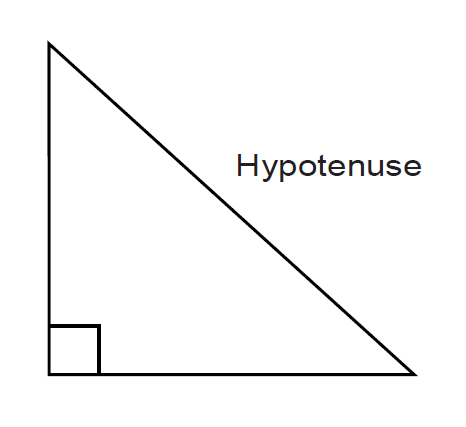
FIGURE 1.1 Right-angled triangle.
The side opposite the right angle is always called the Hypotenuse. Consider one of the other angles, say θ.
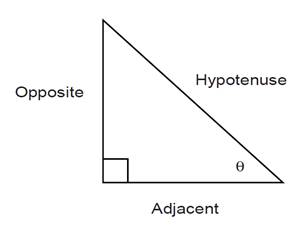
FIGURE 1.2 Right-angled triangle showing sides Opposite and Adjacent to the angle θ.
The side adjacent to θ is called Adjacent and the side opposite θ is called Opposite. Now consider the other angle α. The Opposite and Adjacent sides are switched because the angle is different.

FIGURE 1.3 Right-angled triangle showing sides Opposite and Adjacent to the angle α.
Let's label Hypotenuse as H, Opposite as O and Adjacent as A. Pythagoras' theorem states

This is true no matter how the Opposite and Adjacent sides are labelled, i.e. if Opposite and Adjacent are interchanged, it doesn't matter for Pythagoras' theorem. Often we are interested in dividing one side by another. Some possible these special ratios are given special names.  is called Sine.
is called Sine.  is called Cosine.
is called Cosine.  is called Tangent. Remember them by writing SOH, CAH, TOA.
is called Tangent. Remember them by writing SOH, CAH, TOA.
Example Using the previous triangle for the river problem, write down Sine θ, Cosine θ, Tangent θ Sine α, Cosine α, Tangent α
Solution

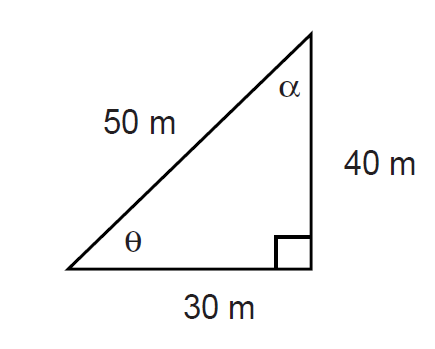
FIGURE 1.4 Triangle for river problem.
Now whenever the Sine of an angle is 0.8 the angle is always 53.1o. Thus θ = 53:1o. Again whenever Tangent of an angle is 0.75 the angle is always 36.9o. So if we have calculated any of the ratios, Sine, Cosine or Tangent then we always know what the corresponding angle is.
2. Components of Vectors
An arbitrary vector has both x and y components. These are like shadows on the x and y areas, as shown in Figure 1.5.
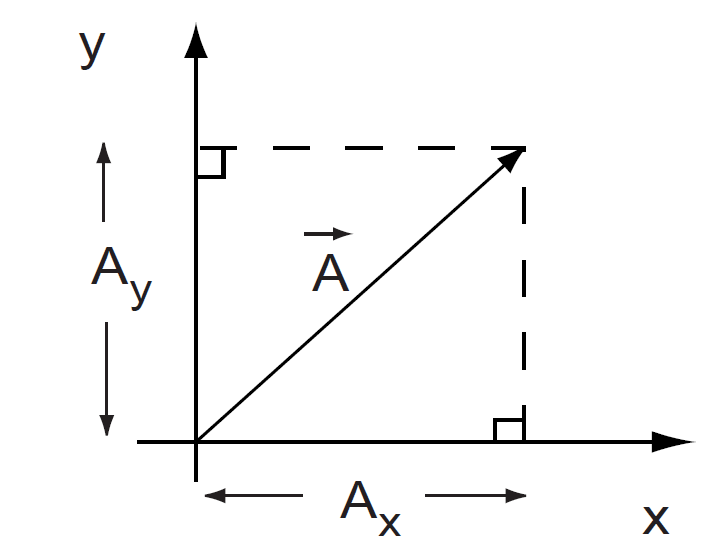
FIGURE 1.5 Components, Ax and Ay, of vector 
The components are denoted Ax and Ay and are obtained by dropping a perpendicular line from the vector to the x and y axes. That's why we consider trigonometry and right-angled triangles!
A physical understanding of components can be obtained. Pull a cart with a rope at some angle to the ground, as shown in Fig. 1.7. The cart will move with a certain acceleration, determined not by the force  , but by the component Fx in the x direction. If you change the angle, the acceleration of the cart will change.
, but by the component Fx in the x direction. If you change the angle, the acceleration of the cart will change.

FIGURE 1.6 Pulling a cart with a force  .
.
Let's re-draw Figure 1.6, writing  instead of
instead of  as follows:
as follows:
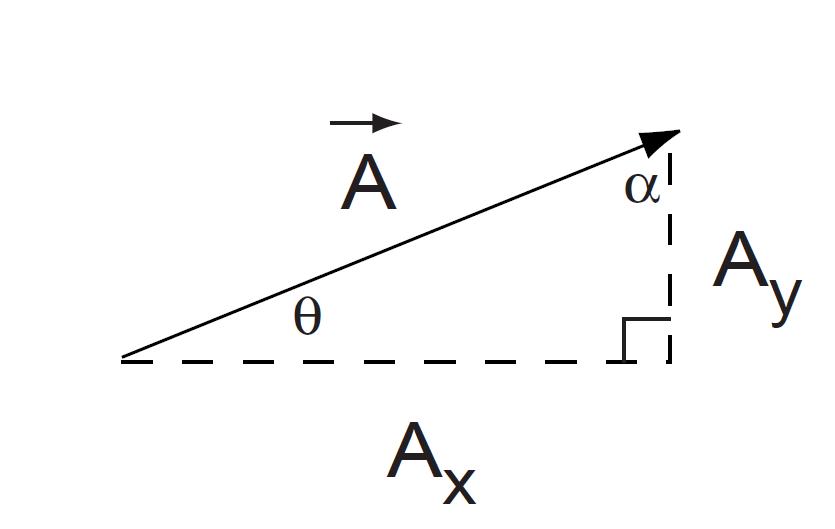
FIGURE 1.7 Components and angles for Fig. 1.6.
Let's denote the magnitude or length of  simply as A. Thus Pythagoras' theorem gives
simply as A. Thus Pythagoras' theorem gives

and also

and
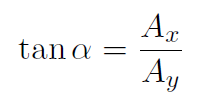
(Also sin θ =  , cos θ =
, cos θ =  , sin α =
, sin α =  , cos α =
, cos α =  ).
).
Thus if we have the components, Ax and Ay we can always get the magnitude and direction of the vector, namely A and θ (or α). Similarly if we start with A and θ (or α) we can always find Ax and Ay.



|
|
|
|
تفوقت في الاختبار على الجميع.. فاكهة "خارقة" في عالم التغذية
|
|
|
|
|
|
|
أمين عام أوبك: النفط الخام والغاز الطبيعي "هبة من الله"
|
|
|
|
|
|
|
قسم شؤون المعارف ينظم دورة عن آليات عمل الفهارس الفنية للموسوعات والكتب لملاكاته
|
|
|